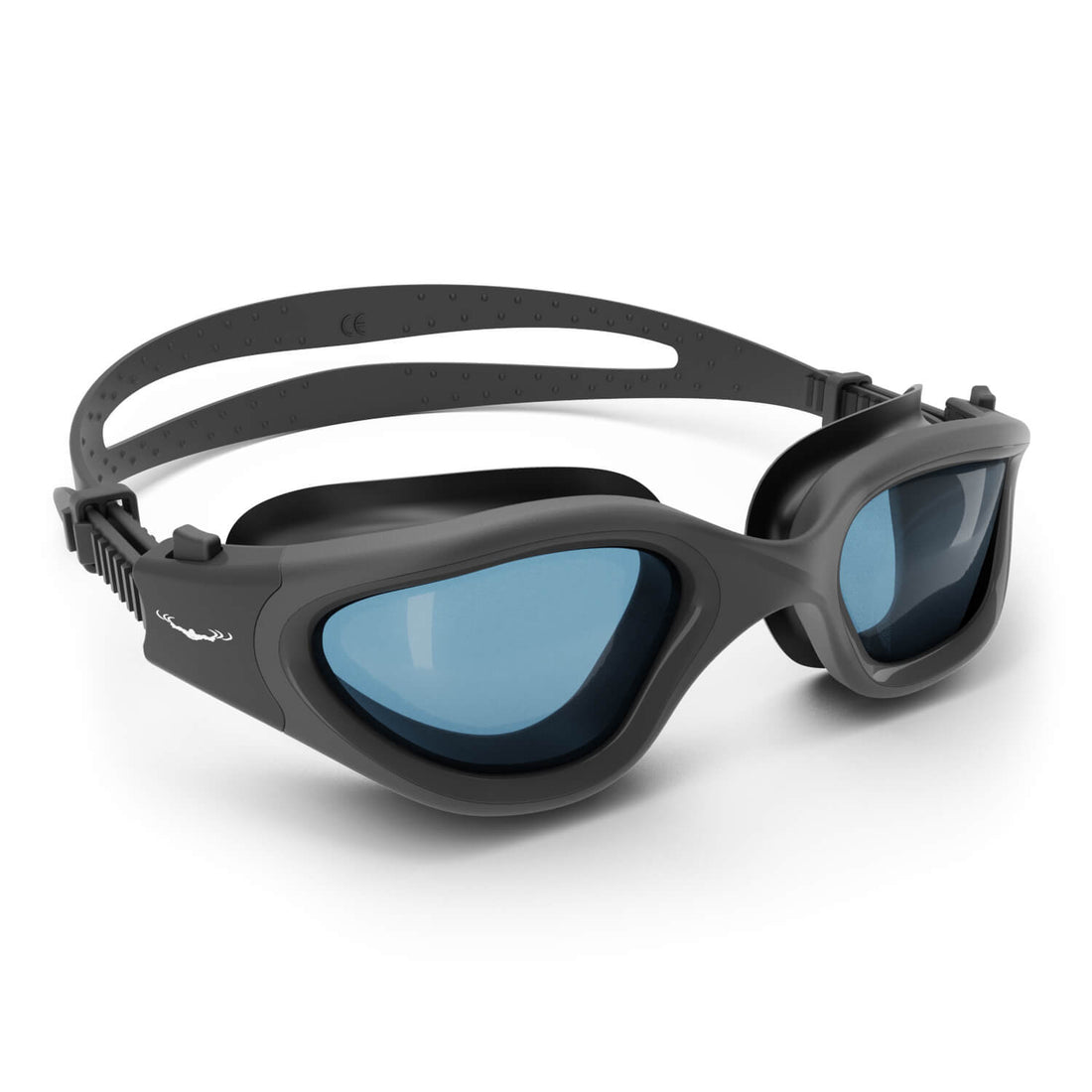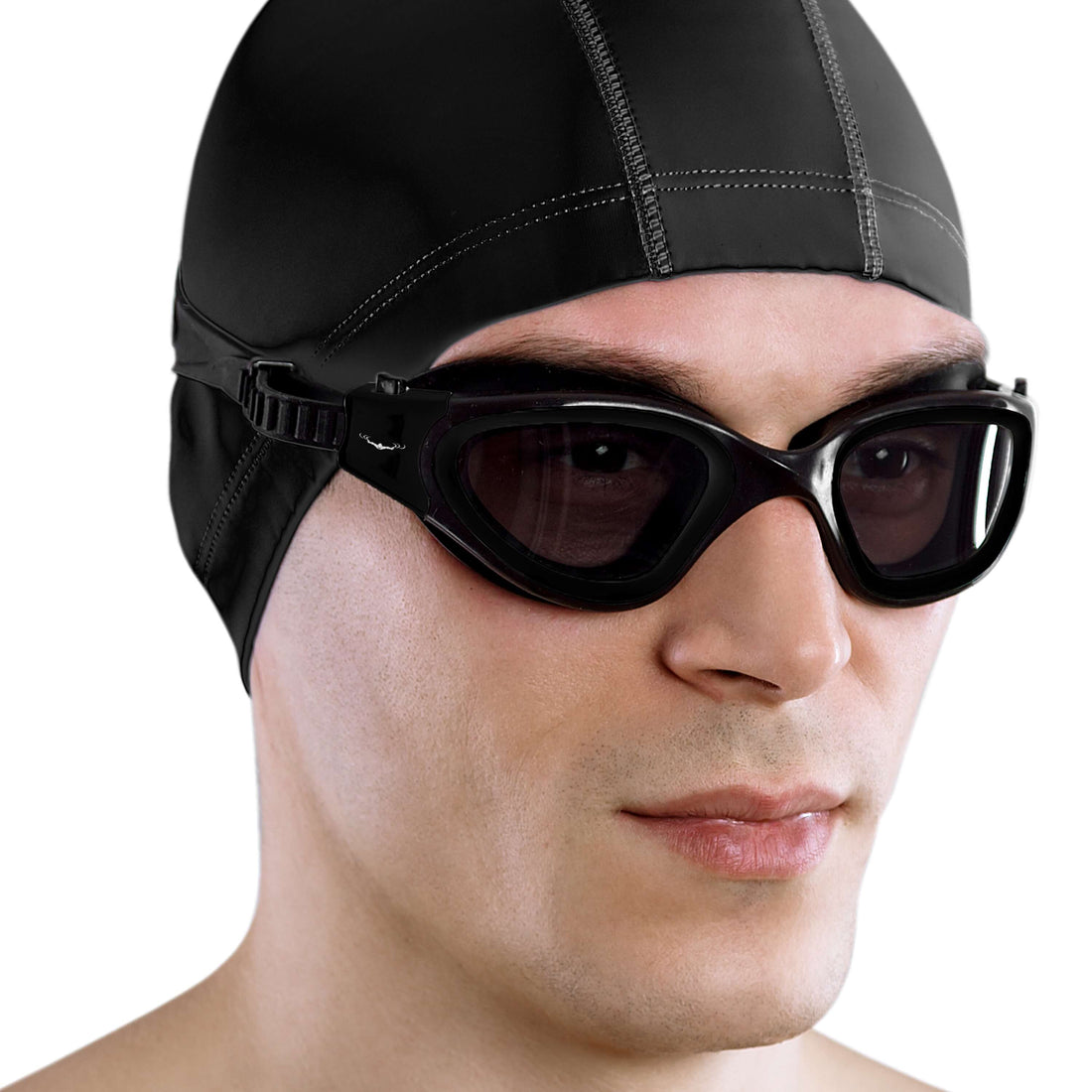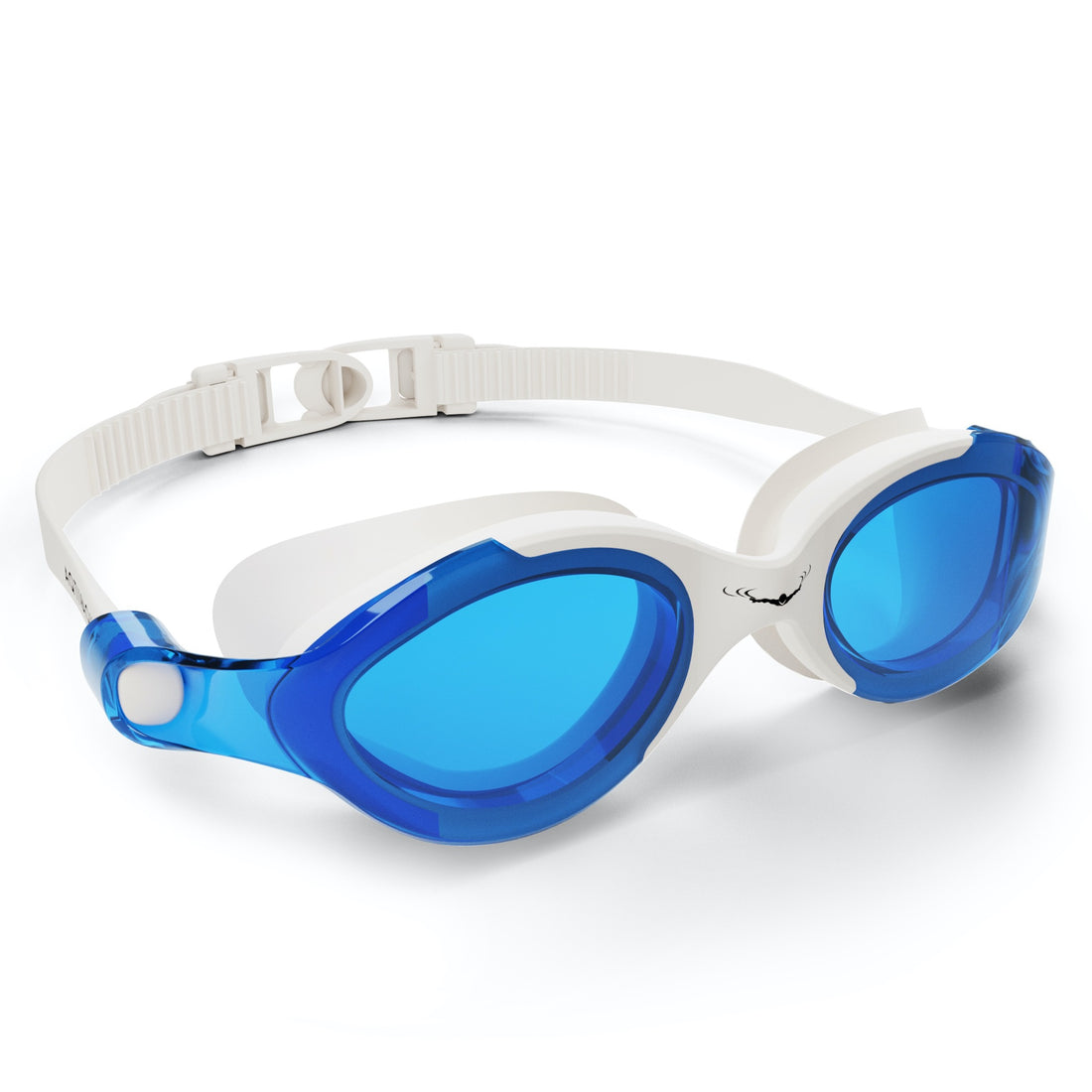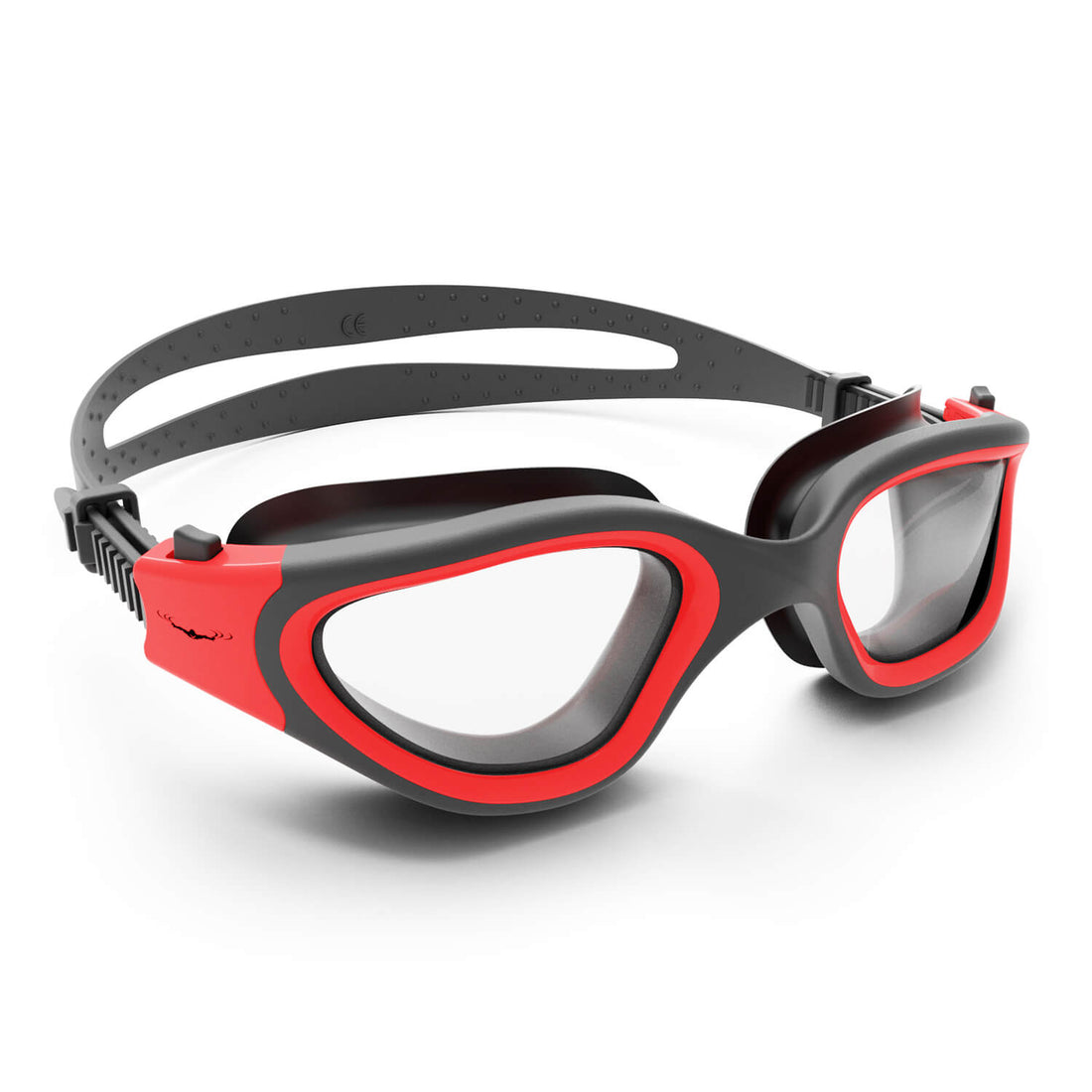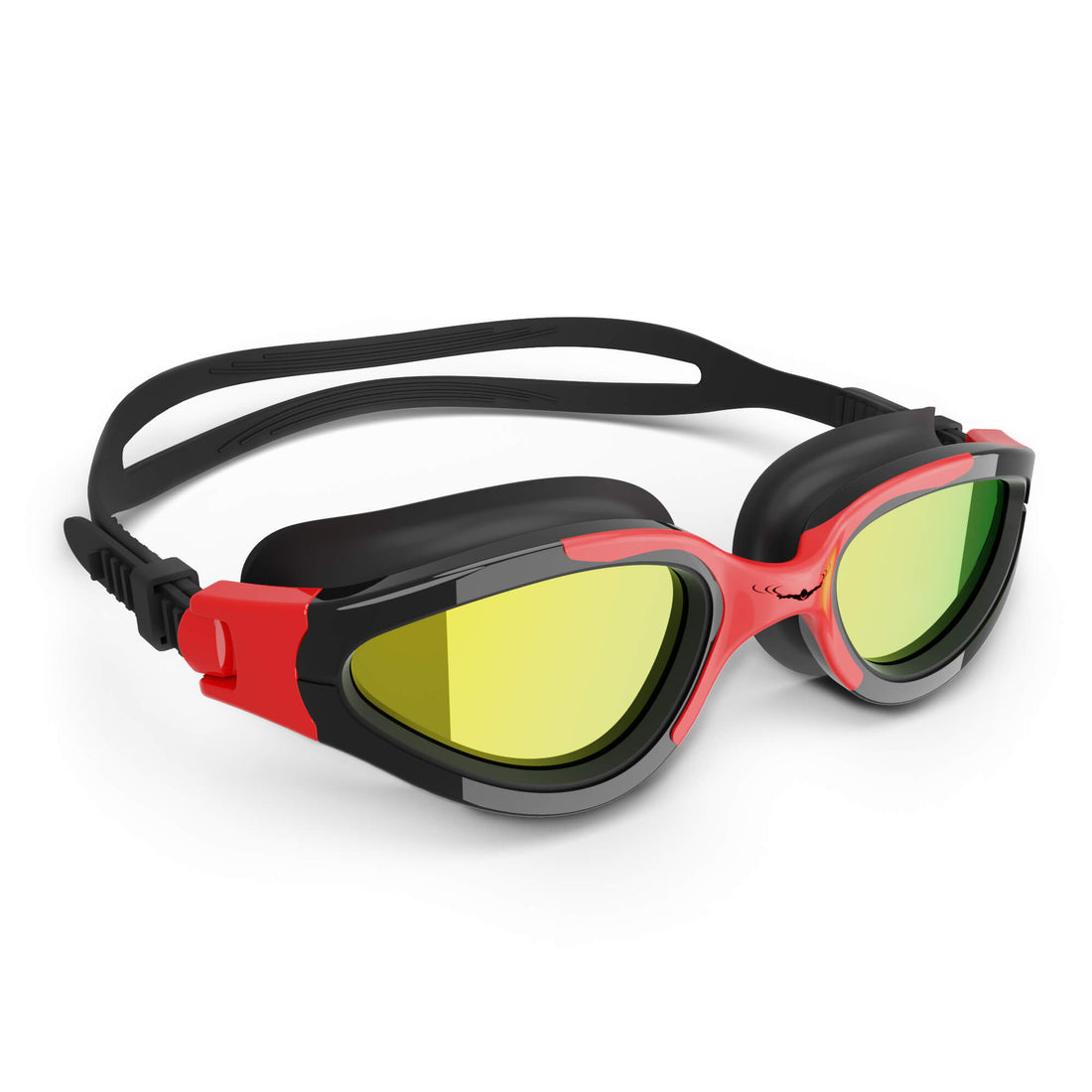Frequently Asked Questions
1. What is the origin of swimming?
2. How did ancient civilizations use swimming?
3. When did competitive swimming begin to emerge?
4. What role did the International Swimming Federation (FINA) play?
5. How is swimming evolving in modern society?
Swimming is a timeless activity that has intrigued humanity for centuries. From its utilitarian beginnings in ancient civilizations to the competitive sports we see today, the history of swimming is rich and varied. Whether you’re an aspiring Olympian or a weekend enthusiast, understanding swimming's past can deepen your appreciation for this beloved water activity. In this blog, we dive into the fascinating evolution of swimming, shedding light on its beginnings, cultural significance, and the way it has transformed over time to reflect societal changes.
Swimming in Ancient Civilizations
The earliest records of swimming date back to prehistoric times, with evidence found in ancient cave paintings in the region of modern-day Afghanistan, showcasing swimmers dating back to 10,000 years ago. Ancient civilizations used swimming as practical training for warriors and hunters, as well as a vital skill for survival in water-rich environments.
The Egyptians and Swimming
The ancient Egyptians were known for their appreciation of swimming. Artifacts and tomb paintings reveal that swimming was part of their physical training. In addition to its practical uses, swimming was also a recreational activity for the Egyptians, where it was associated with leisure and social gatherings.
The Greeks and Romans: The Rise of Competitive Swimming
Swimming began to take on more formal characteristics during ancient Greece and Rome. The Greeks celebrated athleticism, as seen in their Olympic Games, where swimming was featured as one of the events. The Romans adopted swimming as part of their public baths culture, where large pools became popular venues for relaxation and socializing.
Swim goggles were introduced during this time, made from materials like animal hide or protective eyewear crafted from metal. This invention gave swimmers better visibility underwater, making their experience smoother and more enjoyable.
The Middle Ages and the Darkness of Swimming
As the Roman Empire fell, swimming's popularity waned during the Middle Ages. Swim schools disappeared, and physical fitness was overshadowed by religious pursuits. In many places, swimming was viewed with suspicion, often deemed unclean or sinful due to the association with bathing.
Renaissance Revival
The Renaissance marked a turning point; the appreciation for arts and physical fitness resurfaced. Swimming was revived not only as a sport but also as a necessary skill. Clubs began to form in the 18th century where enthusiasts could engage in aquatic activities. Swim ear bands, designed to help keep water out of the ears, became an essential accessory for swimmers, emphasizing health and comfort.
The Advent of Competitive Swimming
As the 19th century approached, swimming re-emerged as a competitive sport. The first national swimming competition was held in London in 1837. This marked the beginning of formalized competitions wherein various styles, distances, and techniques came to the forefront. Swimmers began to compete more seriously, and major events were organized, increasing public interest.
Formation of Swimming Associations
The International Swimming Federation (FINA) was founded in 1908, primarily to formalize and promote competitive swimming. This organization's establishment marked the global standardization of swimming competitions, rules, and regulations. The Olympics included swimming as a medal event, showcasing the world's best athletes and increasing the sport’s popularity exponentially.
Technological Advancements in Swimming
The latter half of the 20th century witnessed many technological advancements that improved performance and safety in swimming. The introduction of synthetic materials led to the development of quicker-drying swimwear and more efficient swim goggles that enhanced visibility and buoyancy.
Modern Swim Gear and Accessories
Today, swim goggles come in various styles and functionalities, catering to both casual swimmers and professional athletes. With technological innovations, these goggles provide anti-fog features, UV protection, and enhanced clarity underwater. Furthermore, swim ear bands have become a staple for water sports enthusiasts, offering a comfortable way to prevent water from entering the ears during intense swimming sessions.
Swimming Culture Around the World
Swimming has evolved differently across various cultures, reflecting societal values and norms. In many communities, swimming is regarded as an essential life skill, particularly in coastal and riverine regions where water-based activities are prominent.
Australia and Surf Life Saving
In Australia, the rich tradition of surf lifesaving has shaped the culture around swimming. Lifesaving organizations train swimmers in water safety techniques, making swimming not just a recreational activity but a critical lifesaving endeavor. The iconic Bondi Beach becomes a hub for competitive swimmers and surfers, highlighting the marriage of sport and safety in this sun-soaked nation.
Japan and Water as a Spiritual Element
In contrast, swimming in Japan holds spiritual significance, often tied to rituals and traditions. Water symbolizes purity and is central to many cultural ceremonies. Shrine festivals often include water-related activities, showcasing the duality of swimming as both a spiritual and recreational practice.
The Future of Swimming
As we transition into the future, swimming continues to adapt and evolve. Innovations in swimwear technology are emerging, utilizing advanced materials for better performance. Environmental awareness advocates for cleaner water bodies, which in turn fosters safer swimming conditions worldwide.
Inclusivity in Swimming
Modern swimming culture emphasizes inclusivity, allowing individuals of all ages and backgrounds to enjoy the water experience. Organizations are working toward making swimming accessible to everyone, including people with disabilities. This growing focus aligns with the universal appeal of swimming and underscores its significance as a life skill.
Environmental Concerns and Sustainability
With climate change threatening many aquatic ecosystems, swim organizations are becoming more active in promoting sustainability and environmental protection. Initiatives are being set up to ensure that future generations can enjoy safe swimming environments, fostering a sense of responsibility among swimmers.
Let’s Make Waves Together!
The history of swimming is not just about individuals mastering a stroke or a race; it’s a reflection of humanity's relationship with water itself. As we trace the development of swimming, we understand its vital role in shaping our societies, promoting health, and fostering connections. From ancient practices to modern competitions, swimming continues to inspire millions worldwide.
Whether you're looking for swim goggles for a leisurely day at the local pool or swim ear bands for that competitive edge, the importance of this timeless skill can't be overstated. Dive into the past and look forward to the future—your aquatic journey is just beginning!



